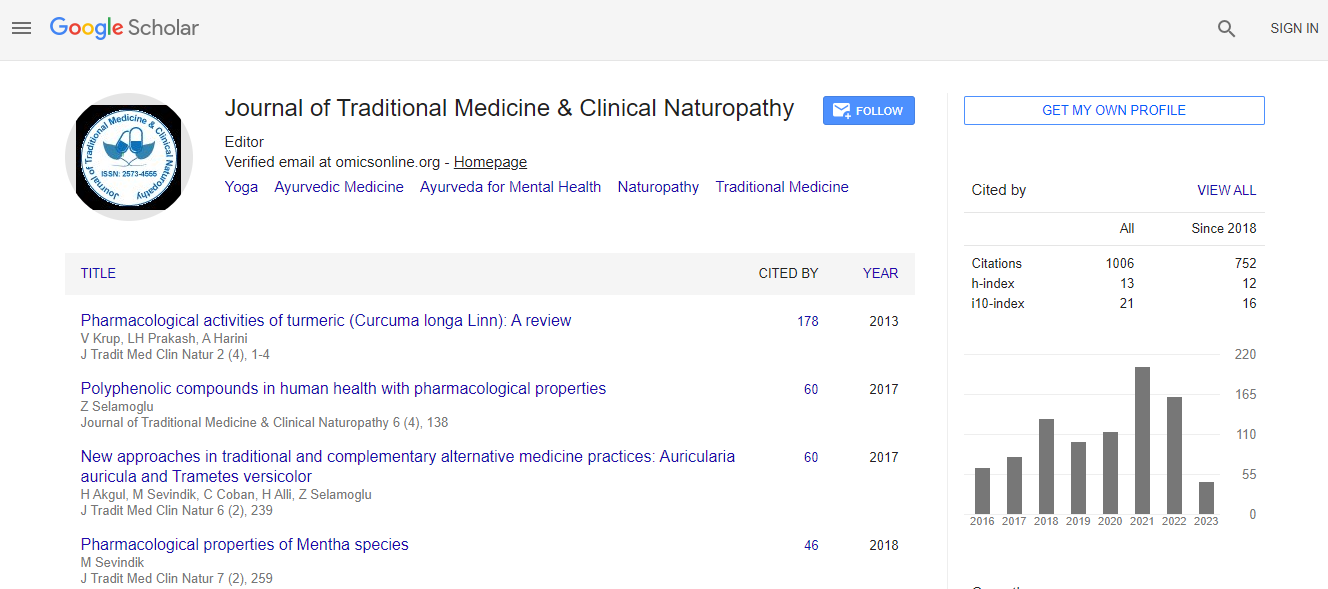Review Article
Bheshaja Sevana Kala
| Omkar Devi Prasad Nimkar* and Anuradha Aman Patil | |
| Department of Rasashastra and Bhaishajya Kalpana, Loknete Rajarambapu Patil Ayurvedic Medical College, Hospital, Post Graduate Training & Research Centre, Urun Islampur, Tal. Walwa, Dist. Sangali, Maharashtra, India | |
| Corresponding Author : | Omkar Devi Prasad Nimkar MD Scholar,Rasashastra and Bhaishajya Kalpana Loknete Rajarambapu Patil Ayurvedic Medical College Hospital, Post Graduate Training and Research Centre Urun Islampur, Tal. Walwa, Dist Sangali-415409. Maharashtra, India Tel: 02342-661212 E-mail: onimkar@yahoo.com |
| Received October 09, 2014; Accepted November 18, 2014; Published December 01, 2014 | |
| Citation: Nimkar ODP, Patil AA (2014) Bheshaja Sevana Kala. J Homeop Ayurv Med 3:169. doi: 10.4172/2167-1206.1000169 | |
| Copyright: © 2014 Nimkar ODP, et al. This is an open-access article distributed under the terms of the Creative Commons Attribution License, which permits unrestricted use, distribution, and reproduction in any medium, provided the original author and source are credited. | |
Abstract
The specific time that patients take their medication is very important as it has significant impact on treatment success. The pharmacokinetics and pharmacodynamics of an Ayurvedic medication is directly affected by biological activities of the body. The effectiveness of many drugs depends on the dosage administration time. In Ayurveda it has been told that rhythmic changes in the predominance of bodily Doshas occur. (Ashtang Hridaya Sutrasthana 1/7-8). Bheshaja Sevana Kala based on this concept of Doshas. Aacharyas have mentioned Bheshaja Sevana Kala in varying numbers. An attempt to correlate these Kala has been made. In the modern science this concept of timed dosage is known as chronotherapeutics. It was seen that all the Kalas can be incorporated in only five Kalas told by Sharangdhara.

 Spanish
Spanish  Chinese
Chinese  Russian
Russian  German
German  French
French  Japanese
Japanese  Portuguese
Portuguese  Hindi
Hindi 
